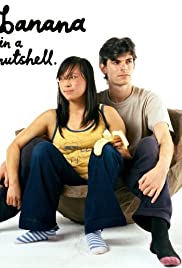
An intimate portrait of a Chinese-European couple in New Zealand, and their journey to get a blessing for marriage from traditional Chinese parents.
The story that led to the film, My Wedding and Other Secrets.
You May Also Like

Hwange’s lions are rumored to be some of the biggest wild lions on the planet. One magnificent beast was destined to become one of Africa’s most famous animals. He was known as Cecil. While his demise at the hand of hunters was splashed across the media, sparking fury in all who heard his tale, Cecil’s story before he was posthumously iconized is worthy of celebrating

Through the eyes, words and songs of its popular music stars of the 50s, 60s, and 70s, Don’t Think I’ve Forgotten: Cambodia’s Lost Rock and Roll examines and unravels Cambodia’s tragic past, culminating in the genocidal Khmer Rouge’s dismantling of the society and murder of 2,000,000 of its citizens.
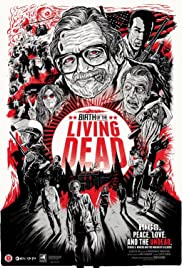
A behind the scenes look into George Romero’s groundbreaking horror classic Night of the Living Dead
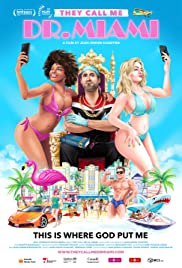
Dr. Miami (a.k.a. Michael Salzhauer) is the most famous surgeon in America. Millions of loyal followers from around the world tune in daily as he live streams graphic plastic surgery procedures on social media – all with the enthusiastic consent of his self-proclaimed “beauty warrior” patients. Celebrated for his outrageous social media persona and boasting a patient waiting list that’s two years long, his private life is quite different than one may expect. After he leaves a lively day’s work of Brazilian butt lifts, breast augmentations and choreographed snapchat videos, he’s a devoted husband, father to five children and an Orthodox Jew who observes the Sabbath.
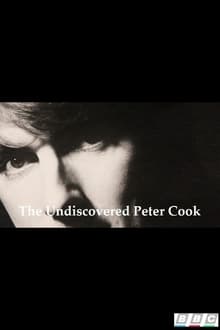
Documentary about Britain’s greatest satirist Peter Cook, with unprecedented access to his private recordings, diaries, letters, photographs and much more. Following his death, Peter Cook’s widow Lin locked the door of his house and refused all access to the media. Until this year, when she invited her friend Victor Lewis-Smith and a BBC crew inside to make a documentary about the man she knew and loved.

In 1966, John Harlin II died while attempting Europe’s most difficult climb, the North Face of the Eiger in Switzerland. 40 years later, his son John Harlin III, an expert mountaineer and the editor of the American Alpine Journal, returns to attempt the same climb.

Until Reese Witherspoon’s Oscar-winning portrayal of her in the Johnny Cash biopic Walk the Line, most contemporary audiences were unfamiliar with June Carter Cash. Kristen Vaurio’s comprehensive documentary June offers a much fuller understanding of the multitalented artist, singer, songwriter, comedian, and actress. Delightful, never-before-seen archival material reveals June’s firecracker wit and charisma as a performer
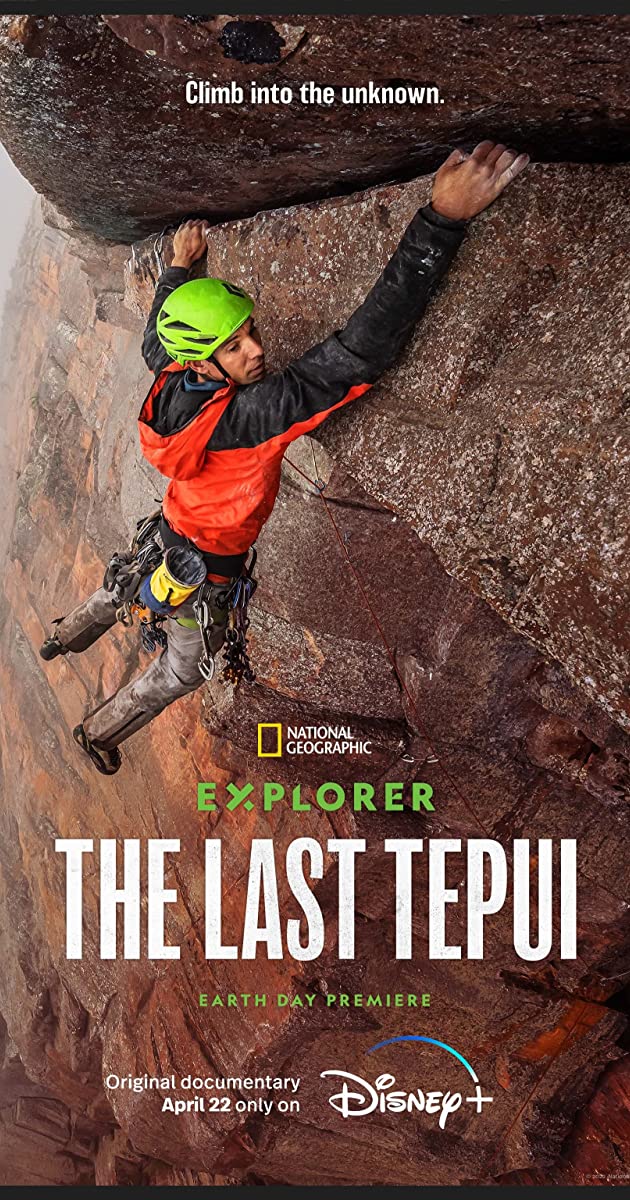
Follows elite climber Alex Honnold and a world-class climbing team led by National Geographic Explorer and climber Mark Synnott on a grueling mission deep in the Amazon jungle as they attempt a first-ascent climb up a 1000 foot sheer cliff.
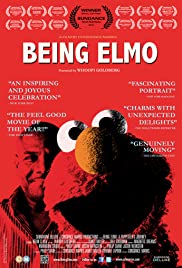
Beloved by children of all ages around the world, Elmo is an international icon. Few people know his creator, Kevin Clash, who dreamed of working with his idol, master puppeteer Jim Henson. Displaying his creativity and talent at a young age, Kevin ultimately found a home on Sesame Street. Narrated by Whoopi Goldberg, this documentary includes rare archival footage, interviews with Frank Oz, Rosie O’Donnell, Cheryl Henson, Joan Ganz Cooney and others and offers a behind-the-scenes look at Sesame Street and the Jim Henson Workshop.

Filmed in Modena, Italy across two nights in November 1993 as part of Peter Gabriel’s acclaimed Secret World Live tour in support of the Us album, the show is elaborately presented and choreographed with two stages joined by a narrow pier. Peter Gabriel has always been a charismatic live performer with the ability to draw his audience into the onstage world he has created and rarely has this been better captured than on Secret World Live.
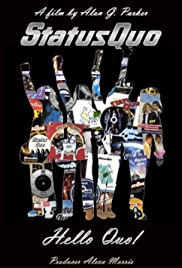
Collecting hours of previously unseen footage and classic live material with full exclusive access to all band members this is the definitive story of a band that has done and seen it all. As well as full access to the band, Hello Quo! Also features input from a host of the biggest names in rock including: Brian May of Queen, Joe Elliott of Def Leppard, Thin Lizzy, Buzzcocks, Slade, Paul Weller, Sir Cliff Richard and Midge Ure. The documentary also exclusively features the moment when the original line up of the band met again for the first time in over 30 years. A truly poignant reunion, after years of legal wrangling, saw the band clear the air but also plug in and play together once again… This Access All Areas Collector s Edition includes 3 hours of astonishing never seen before Quo footage!
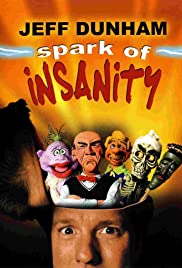
Combining his amazing talent and his unorthodox sense of humor, Jeff Dunham returns, yet again, with a hilarious stand-up comedy and ventriloquist performance. Starting off with the infamously known Walter, scrutinizing every bit of today’s American society. Followed by two new characters, Achmed the Dead Terrorist, who continuously threatens the crowd with Silence and Death, and Melvin the Superhero.